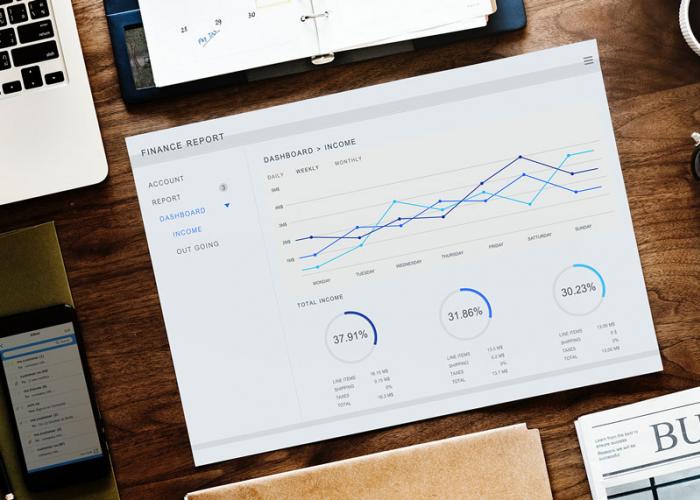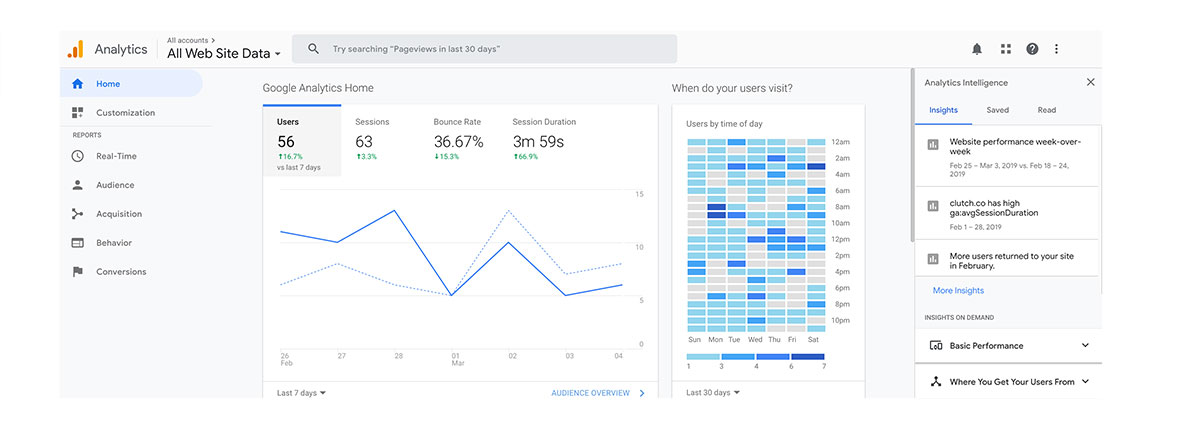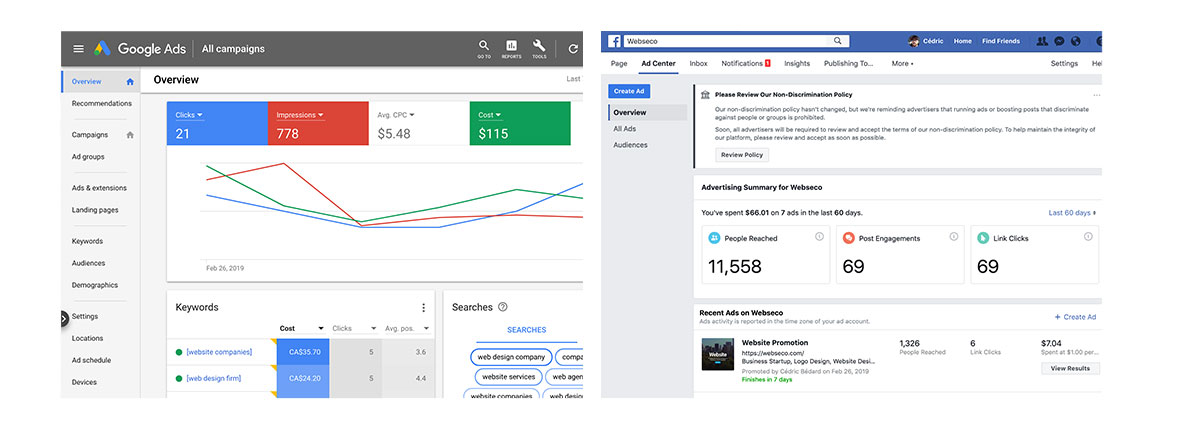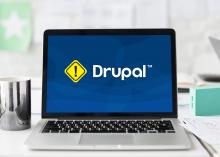
One big misconception about a website is that, once it's launched, people will simply find it. If you type your business's name into Google, your site might appear on the first page, but, outside of your contacts, people won’t know your name. So, how, exactly, will people find your new website, when it shares the same space as more than a half billion other websites? To grow your business and achieve long term success, you will need clients outside of your existing connections and local market. Therefore, your business website becomes the best platform available for generating new leads online. I will share with you the main avenues available for increasing your website's traffic to create quality leads for your business.
Traffic & Leads Analytics
Before investing your time and money in Web marketing, let's understand how it works and find the right opportunities for your business. Like all other systems in the world, the Web works with specific rules and guidelines. An important first step is to install Google Analytics on your site, so you can follow the flow of your website's traffic. Google Analytics will record your daily visitors' behavior, giving us a wealth of important information about your site, including the numbers of visitors you get, their location, the pages they visit, the page they use to enter your site, the duration they were on it and more. Your website's bounce rate is another critical piece of information you will get, since it’s the percentage of visitors who have promptly left your site after only seeing one page. Most people will go through at least a few pages of your site, before leaving, when they're looking to hire a new provider for the services they need. Those people are quality visitors; they are most likely there to hire a company just like yours, so getting visitors like them makes your investment worthwhile. If a visitor closes your site after one page view, that means they're not looking for your services. Consequently, having a big bounce rate will tell Google that your website might be irrelevant, which could cost you domain authority and search engine ranking in the long term. So our goal is to plan some lead generation strategies, built specifically to target quality visitors and generate leads for your services.

Types of Traffic
Google Analytics will tell you the types of visitors you receive, which can help you determine which avenues are thriving and which ones need work. There are five main types of traffic: direct, organic search, paid search, social and referral. Understanding each of them is the key to investing your time and money in the right place, to get quality leads. Direct traffic comes from someone going directly to your site, or it could mean that their origination point is unidentified. For example, if someone types your domain name directly into a browser or if he clicks on a bookmark, he's a Direct visitor. The important thing to understand about this type of traffic is that it’s mostly coming from existing connections, from people you know or have already met. So, this type of traffic is really limited to the marketing work you have already done. It’s from potential clients in your local market or your existing contacts. Our goal is to analyse how many leads are coming to your site from the Web, in general, and how can we increase their number to gain more quality leads.
Organic Traffic
Organic traffic means that you receive visitors on your site, following a search on Google, without paying an advertising service for the search result. So one of the most important aspects of building a good traffic base, for the long term, is to improve your pages' ranking with SEO. Search Engine Optimization is about targeting the main keywords for your business, to showcase your website's pages on Google when a potential client searches for your services. A website's ranking in the results will depend on the sentence you use, their domain authority and the keywords they have in place. For example, if you search for “web design services for hotels in Pittsburgh”, the SEO I have in place now won’t help me rank very high in your search results, even though I'm more than happy to design a website for a hotel in Pittsburgh. There are so many websites that you can’t rank for all the possible keywords for your services. We will need to determine your market and your marketing strategy in order to select the best keywords that are available and beneficial for your business. Once you have invested in optimizing your website's main pages, your organic traffic will grow steadily over time, following the growth of your domain authority. Most organic traffic can become quality leads because those visitors come from a specific search for your services. Google presented your website because you offer exactly what they need.
Paid Traffic
Once you have your organic plan for SEO in place and working, the most interesting avenue that can create instant quality leads is paid traffic. Facebook, LinkedIn, Bing and Google offer online ad services for businesses like yours. Most people will click on the results of the first page, and half of them can be paid results. Your chances of getting in visitors are a lot quicker and stronger, in the short term, with a paid ad than an organic search, but for a price. One of the big differences between social media advertising (Facebook, LinkedIn, etc.) and search engine advertising (Google, Bing, etc.) is that people are actively searching for your services in the latter, so the clicks are quality leads for your business. On social media, people are not searching for a service; they are most likely looking at their feeds, when an ad gets pushed on them. They may click on your ad, and it may be cheaper, but they may not stay on your site for very long, since they are probably browsing social media to simply pass time. The advertising model Google and Bing use is called PPC or Pay Per Click. We set up the maximum investment you want to make per day, the services you offer, and select your target market and keywords. Once it's set up, the search engine will show your ad hundreds of times to get a few clicks. So when someone clicks on your ad, you will be charged for it. The average cost per click will depend on a lot of factors, mostly on the competition that exists in your industry for the same keywords/services at the time you're advertising. It can start at $1 a click and go over $20 a click, which you can control. Facebook and LinkedIn have a different model. You tell them how much you want to pay per day, and you will get a variable number of clicks. They don’t guarantee a number, but it usually costs less than Google, per click. You can specify your targeted audience but can't control the keywords or services you want to showcase. In business, everything has a cost. Getting new clients has a cost, as well, so the question should be, “What is the cost for getting new leads for your business?”

Referral & Social Traffic
The other main traffic types come from referral sites and social media, which are free. The social traffic comes from sites like Facebook, Twitter, Pinterest, Instagram, LinkedIn, and so on. Every time you create a new blog article, simply share it on your social media accounts. You only need to invest time and energy in order to be successful. Referral traffic will come from any other site that links back to your site. For example, you can look for websites that let you mention your business in their comments sections or that will write an article about your business, and websites that list companies in specific areas, like "top web design firms." Most of them will let you link back to your business website for free but also offer a paid service that helps you improve your listing position. This avenue is generally good because people visiting their sites are already searching for your kind of service. We can manage both the referral sites and your social media marketing efforts if you don't have the time.
To Conclude
When entrepreneurs start a business or build an existing one up, they understand the need to invest money in a good structure and the best tools to be competitive and become successful. Amazingly, I have noticed that marketing and advertising is the last thing most small business owners plan to invest in. More than 50% of business startups fail in the first 5 years, and 66% do within 10 years. In order to be successful in the long run, many business owners need to question where they are investing their money and energy. Big companies already understand the importance of marketing and use it to the fullest in their markets. That’s why you see billboards of their products everywhere. It works. Launching a website is an important step for any business. It’s a necessary marketing tool, nowadays, but it's not working if the website receives no visitors. Marketing a business online is not the future, anymore, it’s the present, and businesses who pass on it will fall behind the competition.
P.S. Still have more questions? We understand and would like to help you, contact us now to schedule your free consultation. You can also visit our SEO services page for more information.



